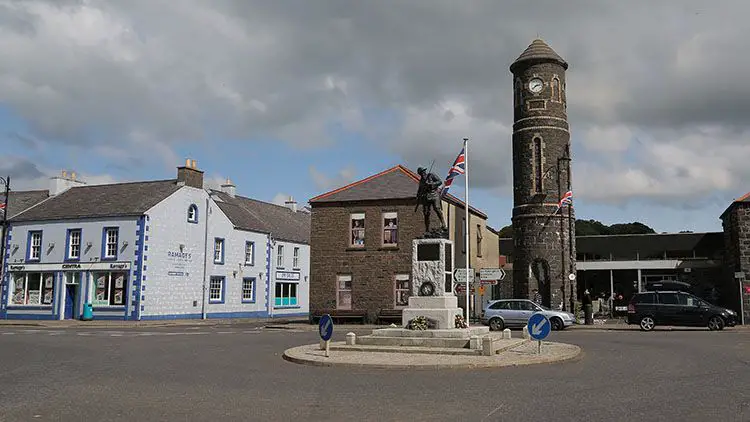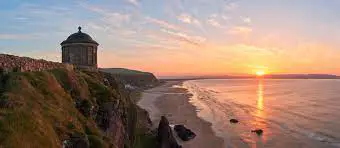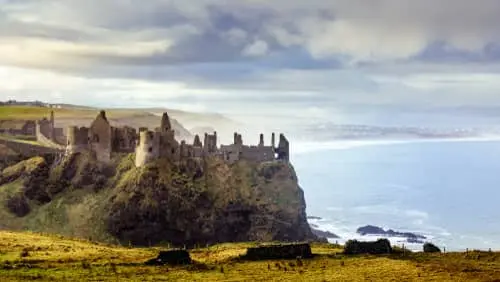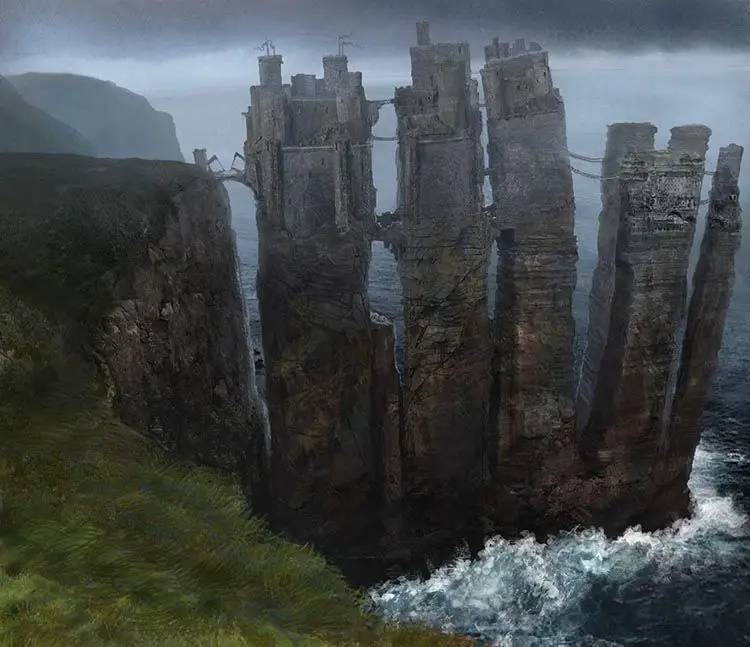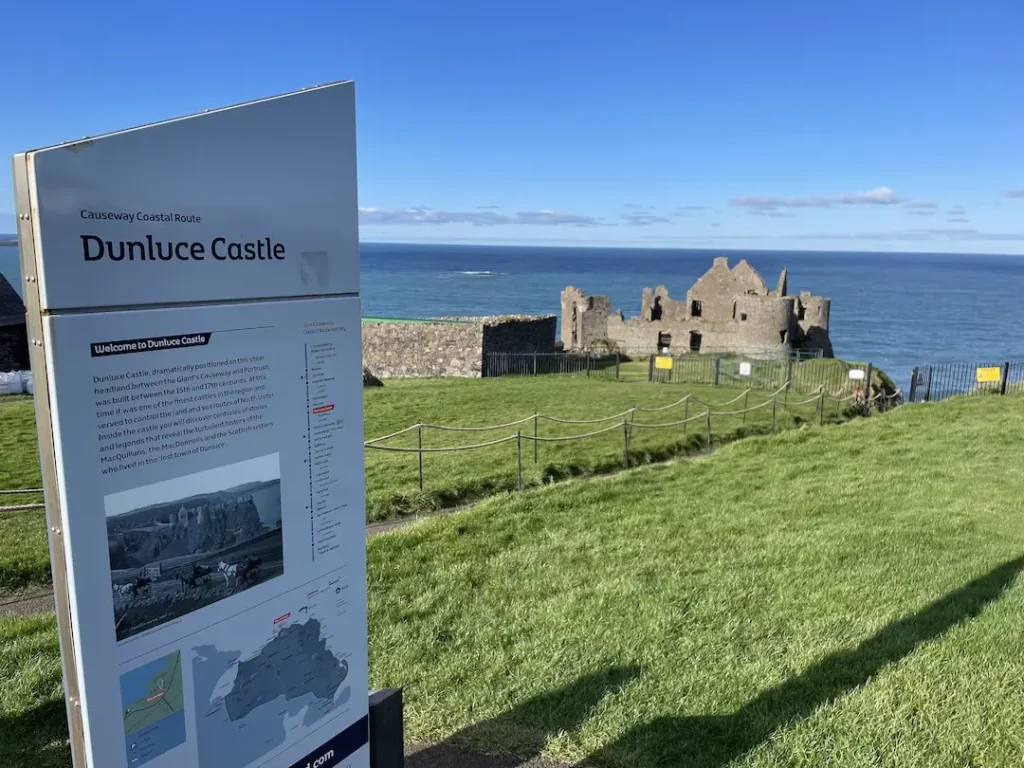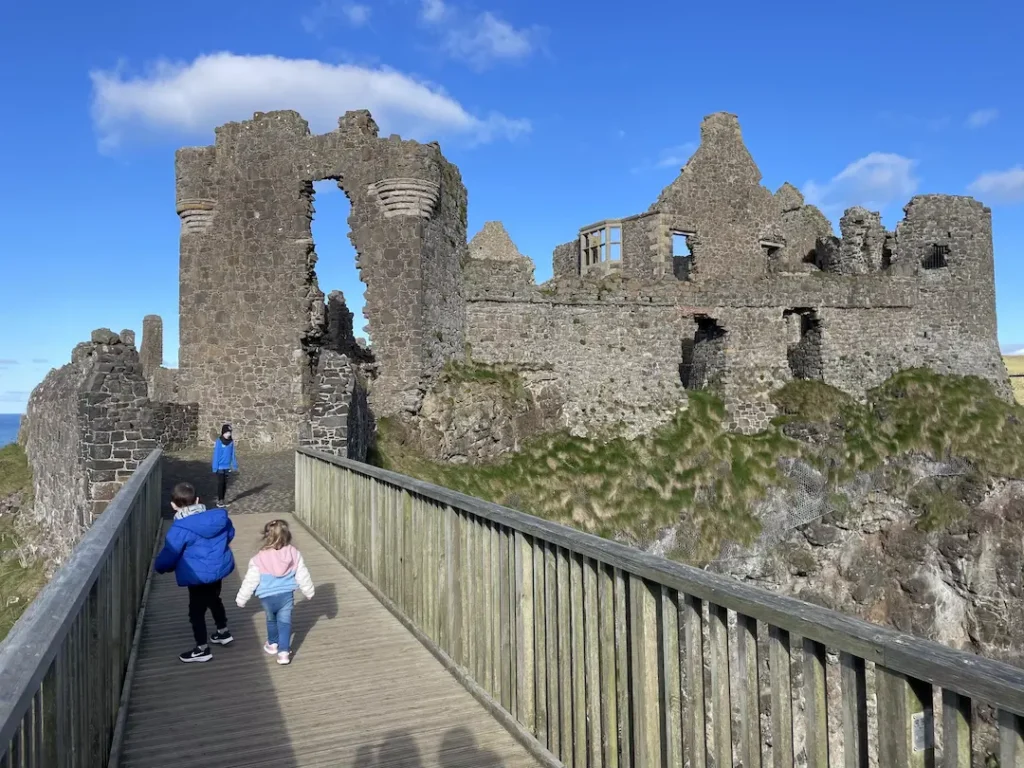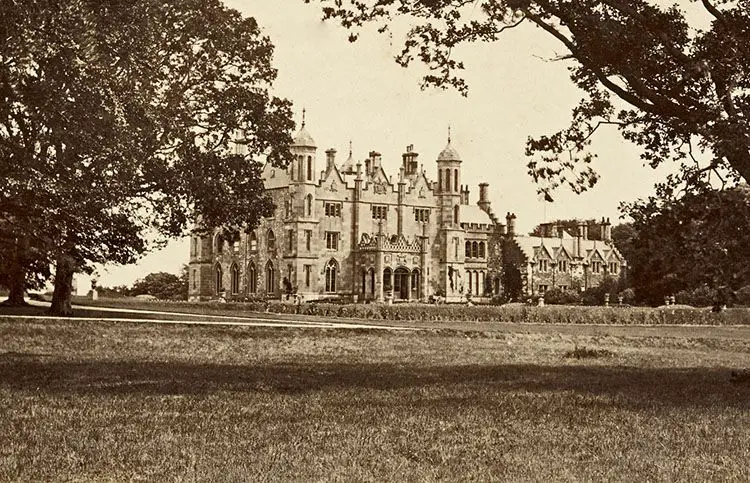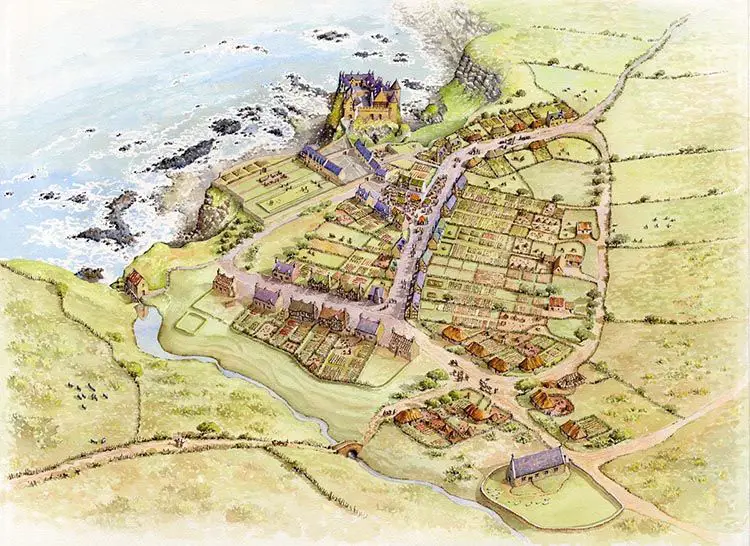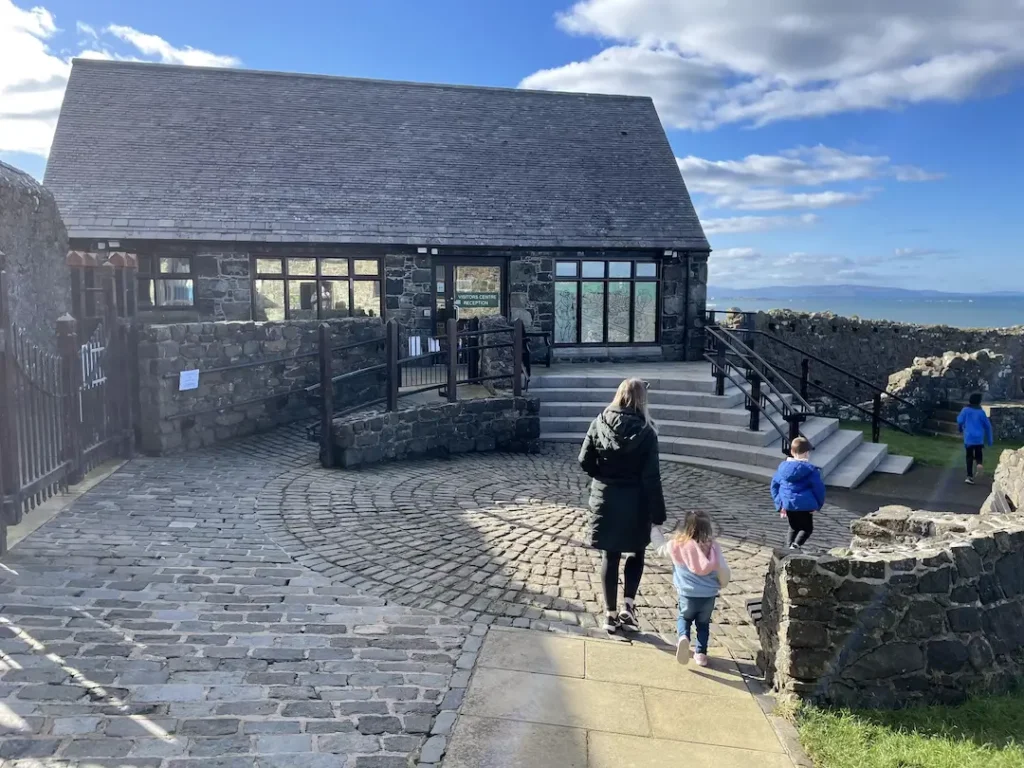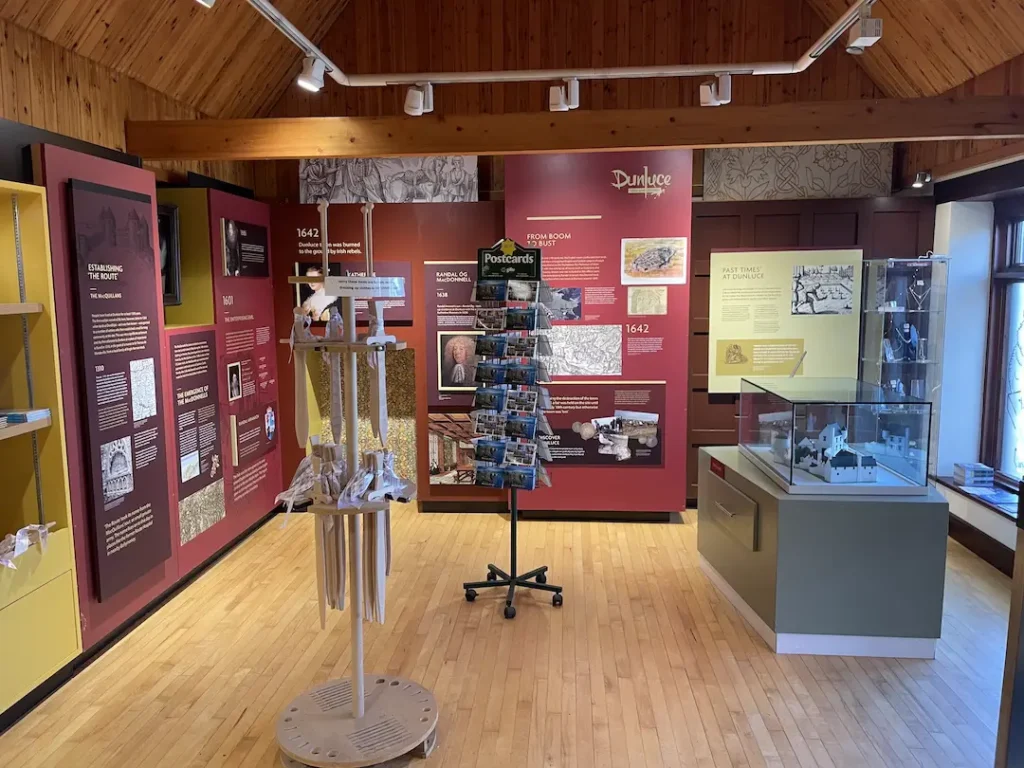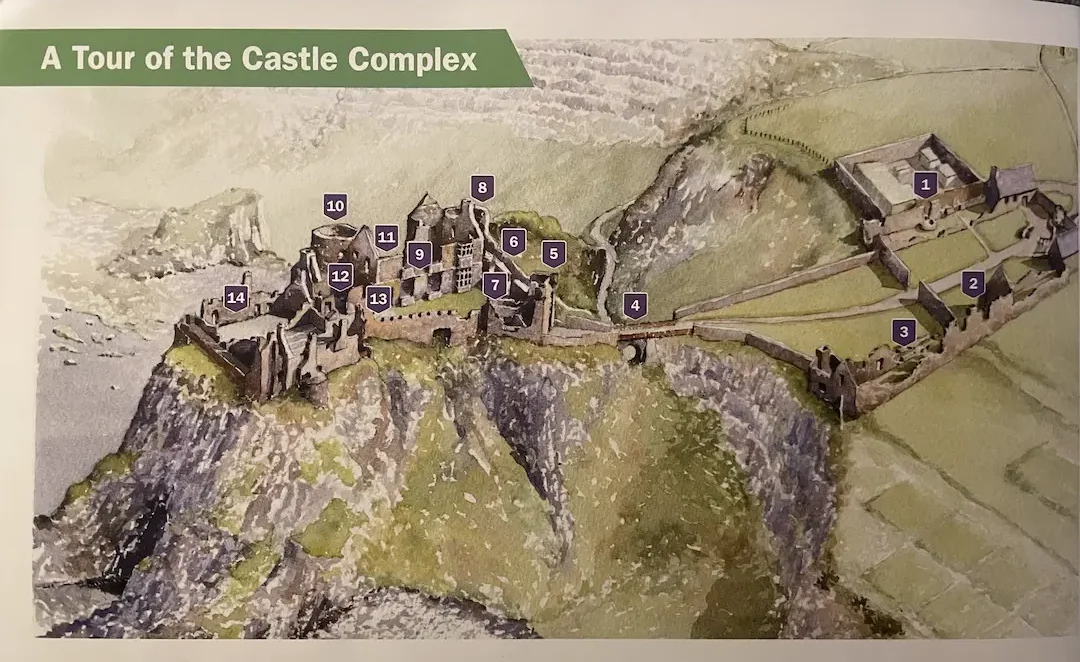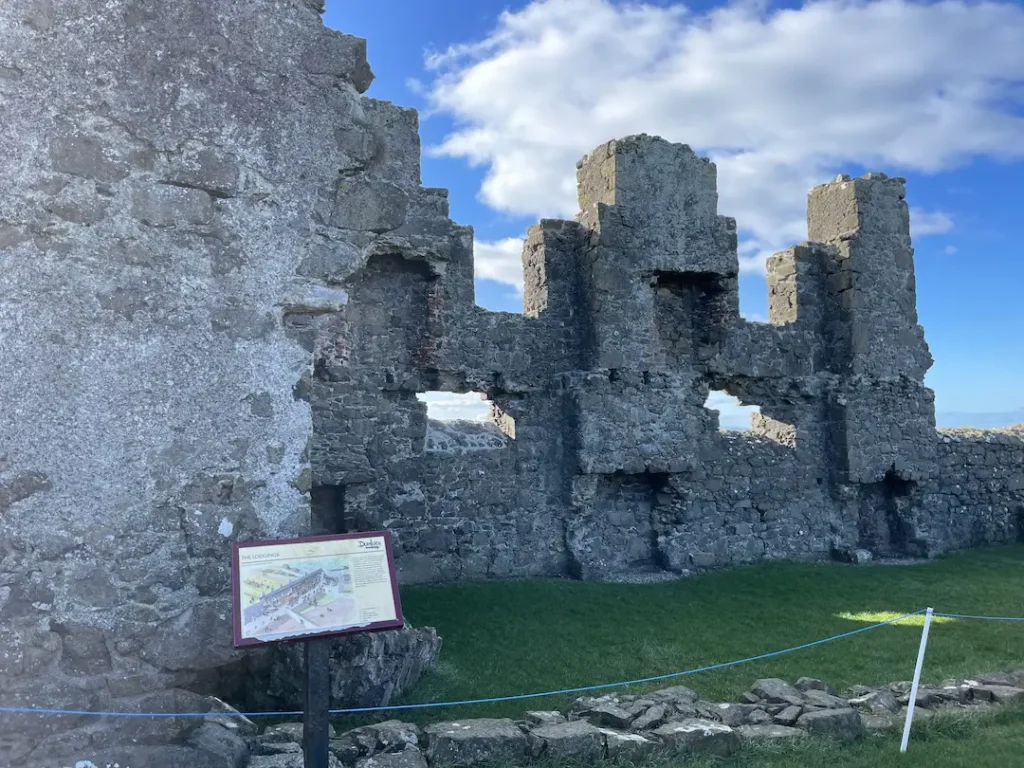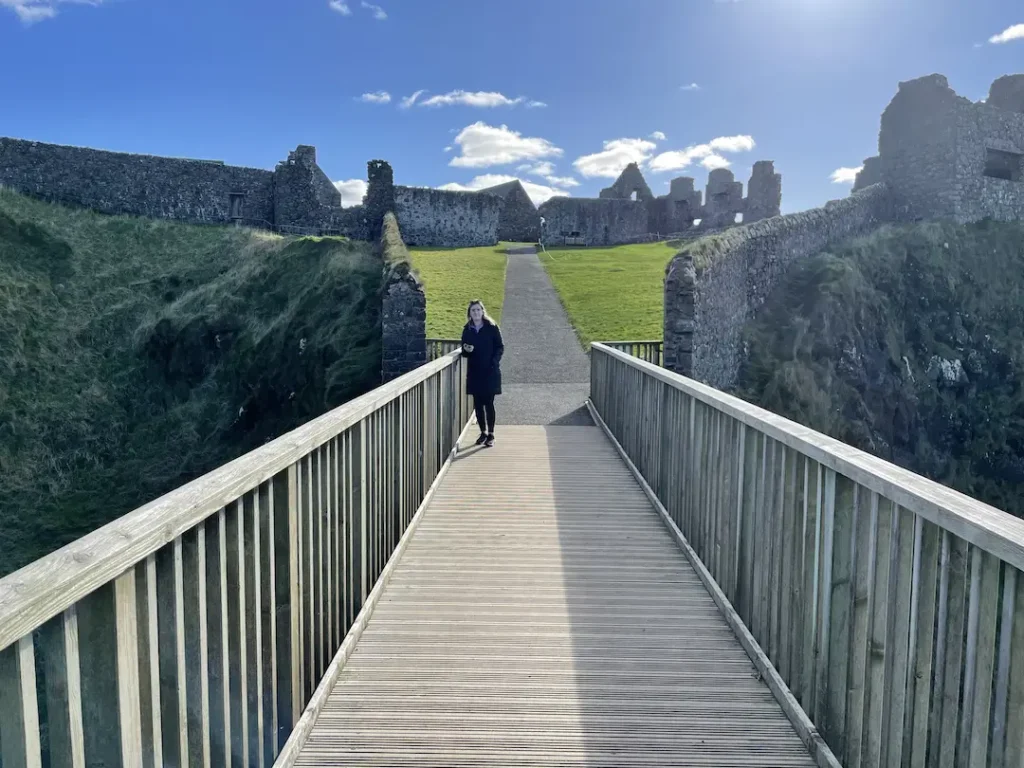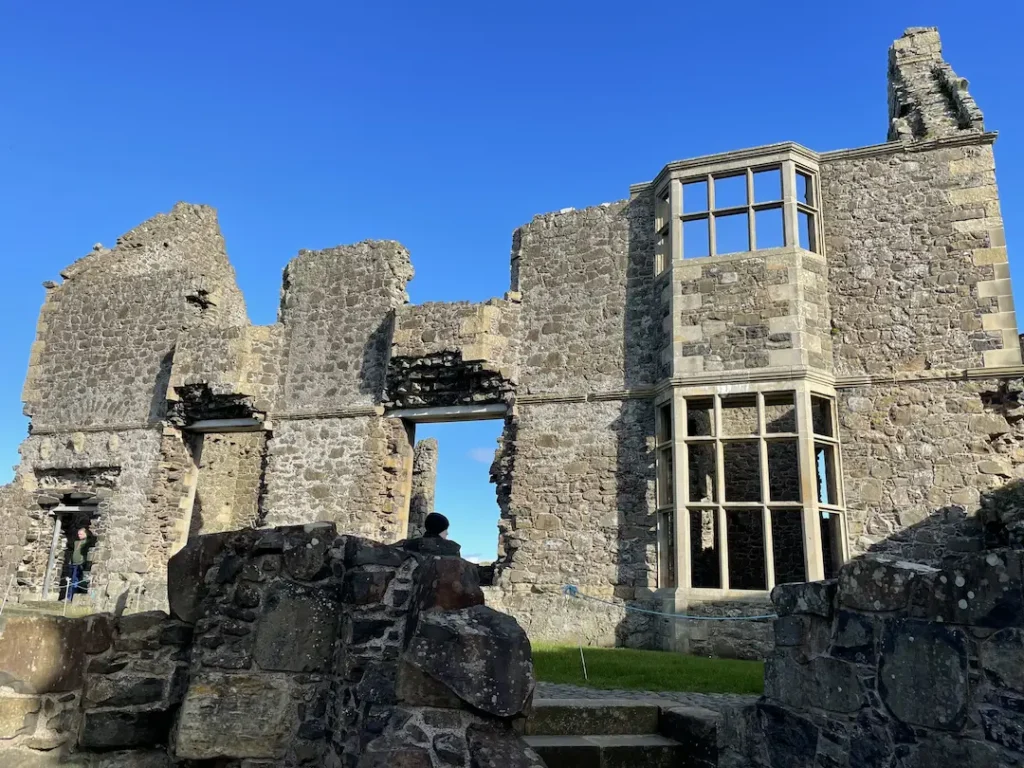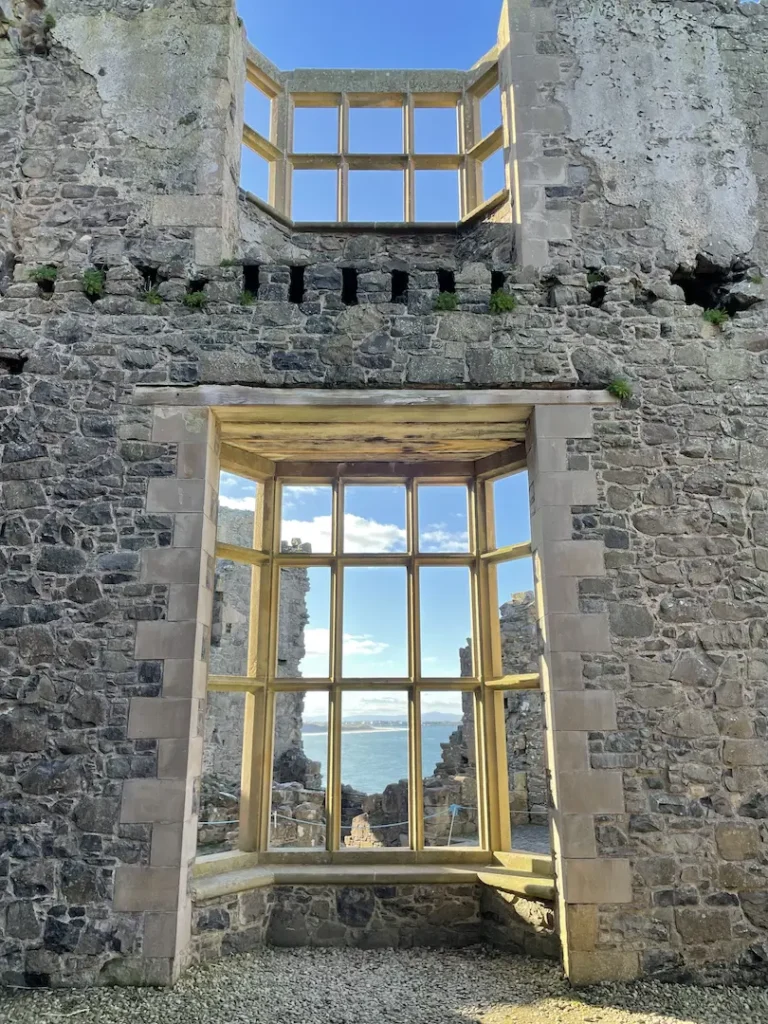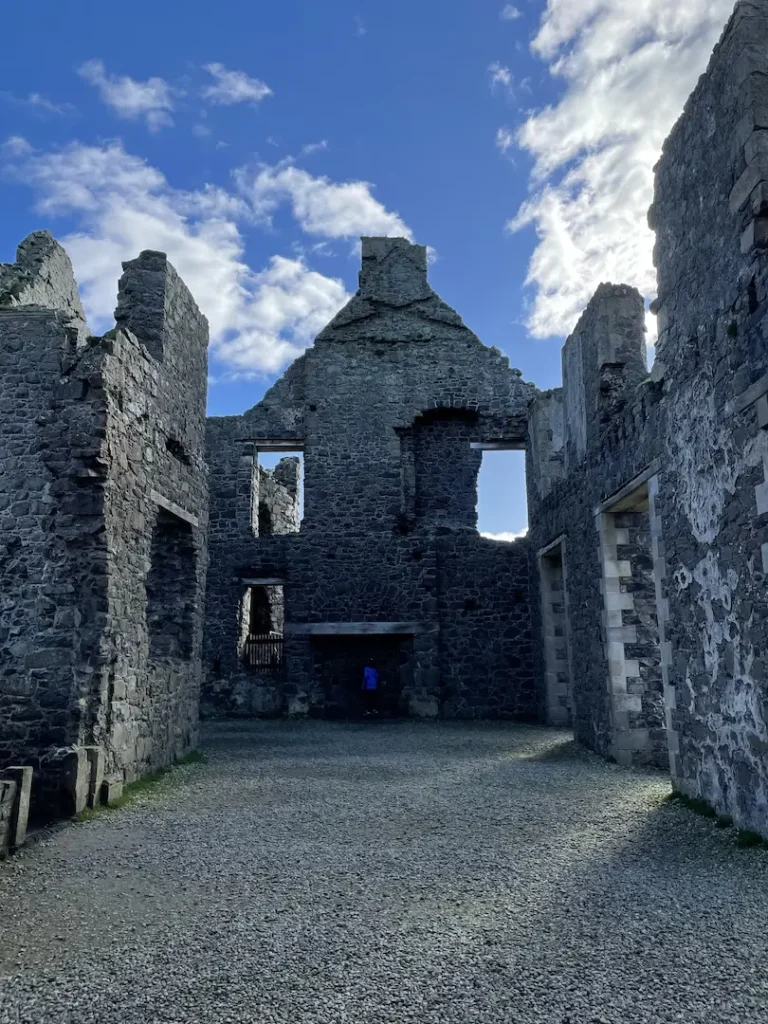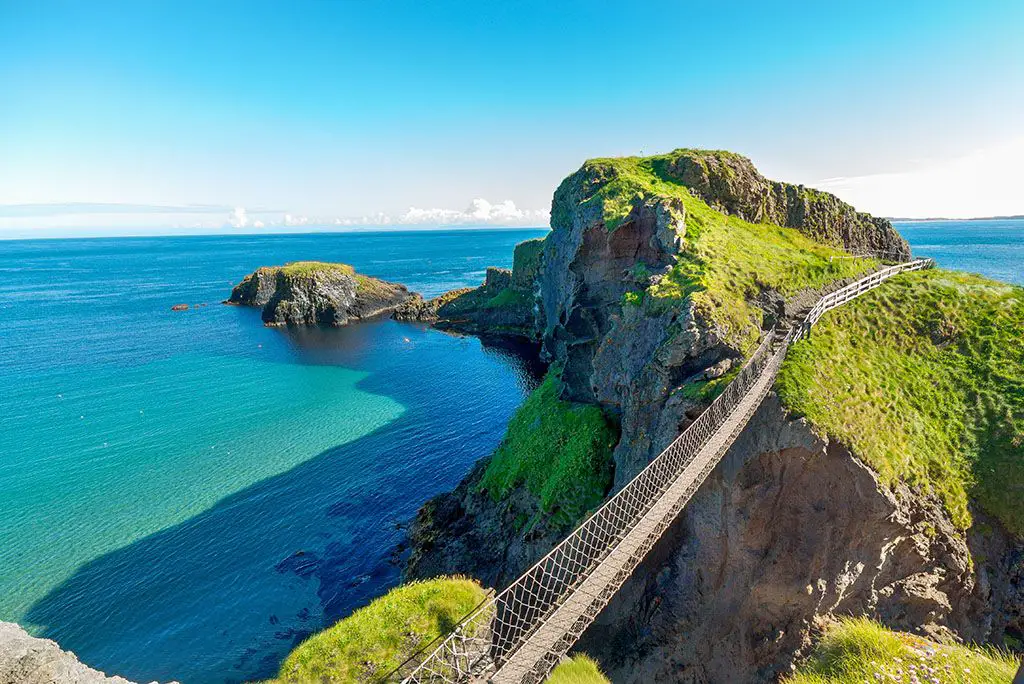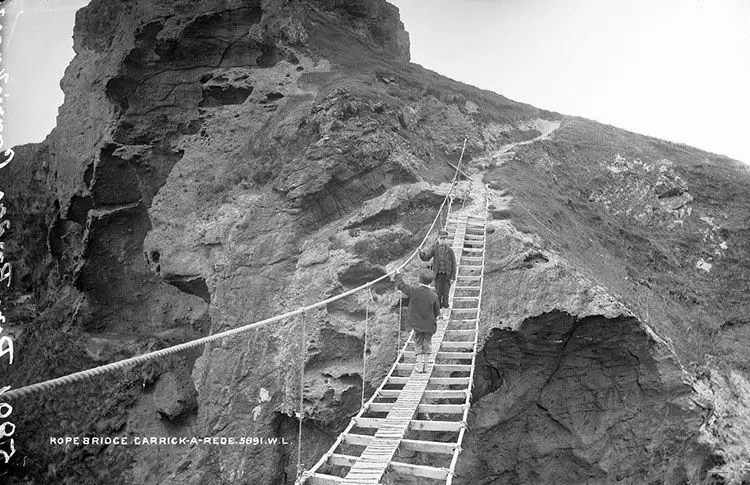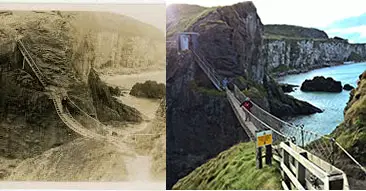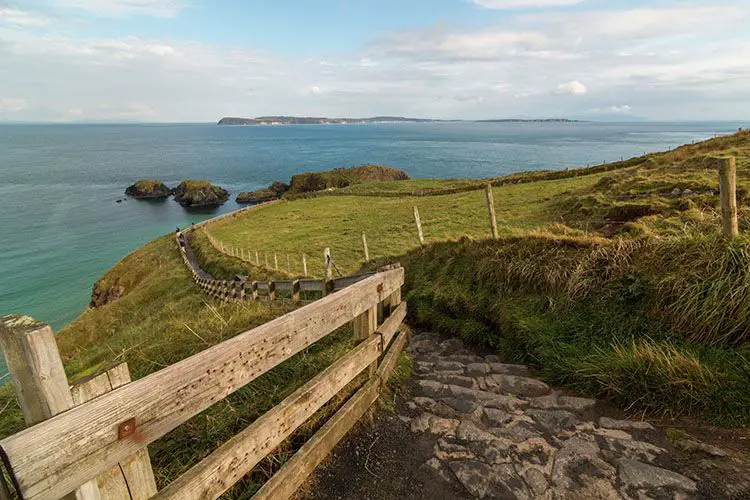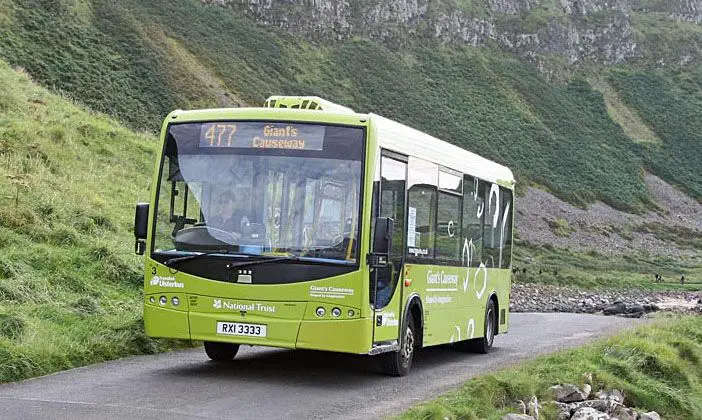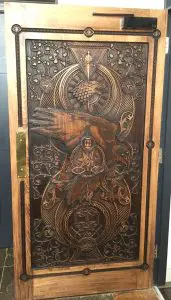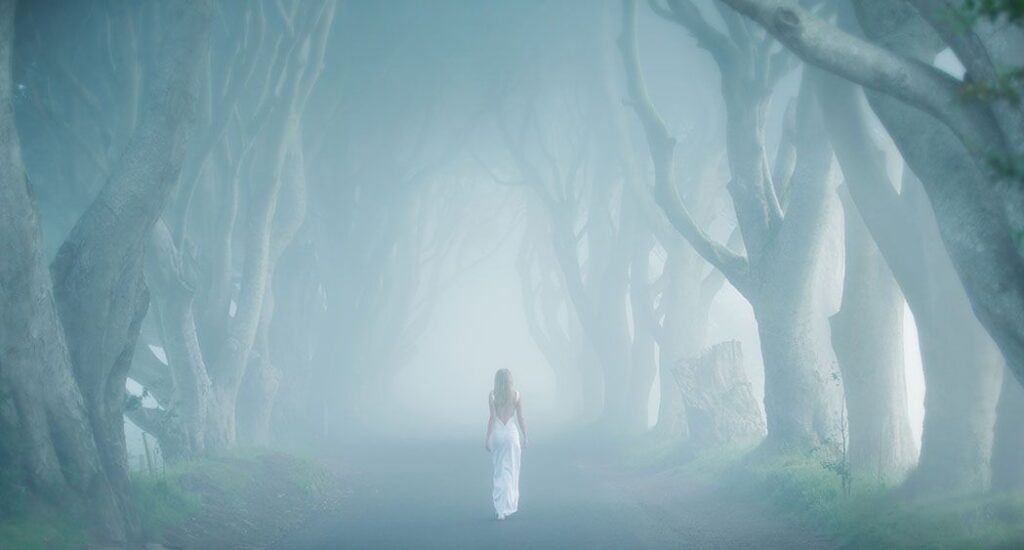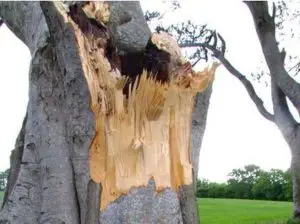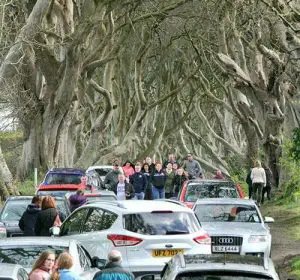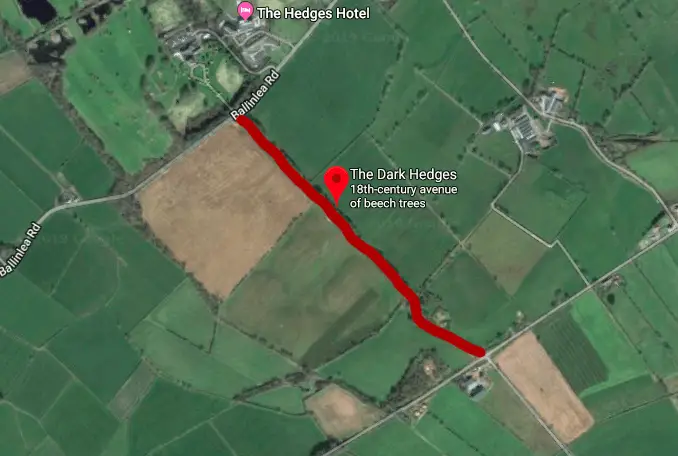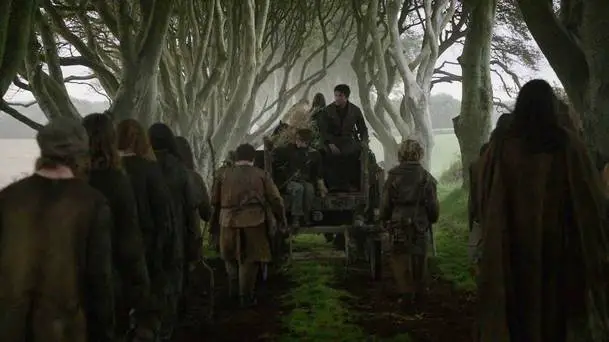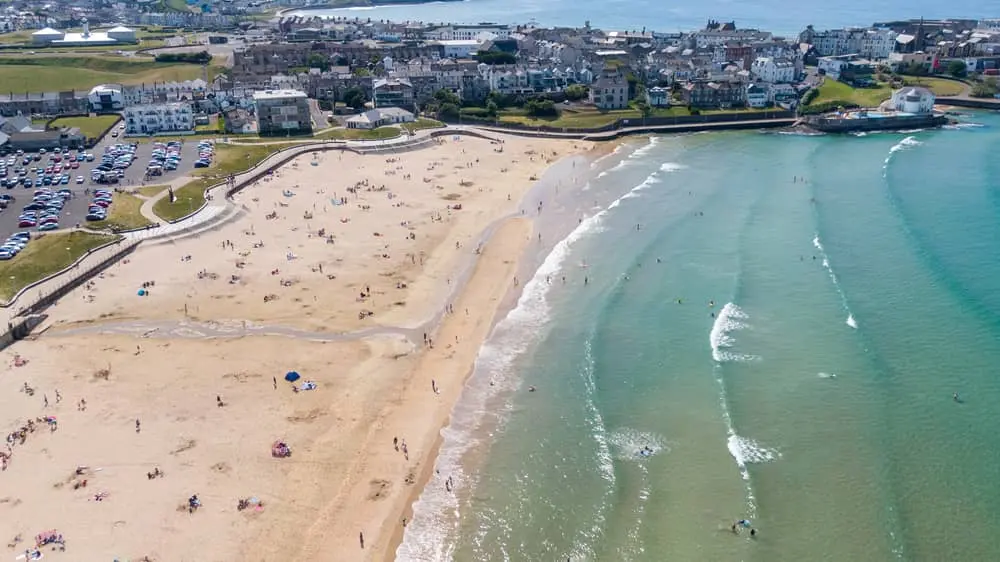Game of Thrones Ireland
A visit to Ireland is a must for any fan of HBO’s Game Of Thrones show. I have to admit that although I didn’t get into the show until series 3 when my wife finally convinced me to binge on it while on maternity /paternity leave, I am now obsessed. So much so that I have dragged my wife and kids around most of Game of Thrones film sites in Ireland and just recently to the Game of Thrones Exhibition in Belfast!
From our travels around The North, we’ve pulled together this Ultimate Guide to the Game of Thrones filming locations in Ireland, to help you to plan your own GOT trip to Portrush or elsewhere on the Island of Ireland.
Game of Thrones Tour
This self-guided Game of Thrones tour begins in Portrush, or if your travelling from Dublin or Belfast to Portrush then flip it around, ends in Enniskillen and covers every conceivable Game of Thrones Ireland site in Northern Ireland (That we know of)
Our Game of Thrones tour will stop at all your favourite Game of Thrones filming sites and takes at least three days to complete properly, however, we recommend taking four to five so that you can also take in some of the other fantastic areas that Northern Ireland has to offer.
Itinerary
We recommend the below itinerary…but it’s entirely up to you.
Day 1 – Causeway Coastal Route (Dothraki Grasslands to Bravos)
Day 2 – Causeway Coastal Route (Winterfell to The Red Wedding)
Day 3 – Belfast (GOT Tapestry, Exhibition and Stained Glass Windows)
Day 4 – County Down (Winterfell to Riverrun)
Day 5 – Fermanagh and the Lakelands (The Riverlands)
The Journey of The Doors
We have also included the Journey of Doors Tour along the way, so you can stop and enjoy some local cuisine and beverages as well as get your Journey of Doors Passport stamped….and possibly a picture.
The Game of Thrones – Tour of Doors is the stunning transformation of storm damage caused to some of the ancient Beech trees at The Dark Hedges (The Kings Road) in 2016. The wood from the trees was salvaged and given to some of Ireland’s most accomplished craftsmen and women, who transformed them into 10 uniquely designed and intricately crafted doors. Using iconic symbols and key scenes from the show, the doors work together to tell the tale of season 6. The craftsmanship on these doors is breathtaking.
They are hung in 10 places across Northern Ireland. You can pick up your Tour of Doors, Game of Thrones Passports at all these locations and a stamp in your passport will be rewarded for every door you get to see.
Where is it filmed?
In Ireland, there are over 40 locations where Game of Thrones was filmed, most you can visit and see first hand, others are sadly private and therefore off limits to tourists (although many offer private tours…worth a call), but you can see them from a distance, and possibly get a quick picture.
We have included over 50 places to visit in this tour including visits to the Ulster Museum, for the Tapestry, the Game of Thrones Exhibition, to see some of the amazing props and the six Stained glass windows from season 8.
The Game of Thrones Tour App.
While you are welcome to use (and add to if we have missed anything) this guide to Game of Thrones in Northern Ireland, you can also download a Game of Thrones Map on an app from the Northern Ireland tourism board. Discover Northern Ireland says this about the app:
Bridging the gap between fantasy and reality, the interactive map allows users to flip between the mythical worlds of Westeros and Essos and the Northern Ireland filming locations. Over 25 scenes from Seasons 1-7 are featured on the app, with detailed information on each scene and where it was filmed, as well as official stills from the show. The 10 Doors of Thrones can also be found on the app. Fans can also experience the beauty of Northern Ireland from their own home as each location features a 360-degree panoramic photograph.
Game of Thrones Locations Northern Ireland
Day 1
Ok, so let us get started!
Depending on the time of year that you are visiting Portrush, the first part of the itinerary may change. As due to the large number visiting the Dark Hedges and the fantastic sunrises that illuminate the trees especially in Spring and Autumn mean it may be best to get up early and had there first when generally its only photographers and lone travellers visiting.
1. Downhill Strand (Burning of the Old Gods)
Downhill Strand is a 7 mile (11km) stretch of clean white sands, overlooked by Mussenden Temple, and Downhill Demesne. The board below can be found at the entrance to the beach at the bottom of the hill.
Downhill beach is the setting for Stannis Baratheon’s rejection of the Seven Gods Old Gods of Westeros in Season 2 Episode 1, where, now under the increasing influence of Melisandre, they burn their old effigies as an offering to the Lord of Light. Stannis is the proclaimed as the Lord of Lights champion by Melisandre and leads Dragonstone into the War of the Five Kings.
From Downhill, Binevenagh is a short drive will take around 5 minutes to stop number two.
2. Binevenagh (Dothraki Grasslands)
Binevenagh is a mountain in County L’Derry about It is the westernmost point of the Antrim Plateau, which includes most of the first day’s tour. The steep cliffs and plateau expand over six miles across the Magilligan peninsula. This Area of Outstanding Natural Beauty (AONB) & Area of Special Scientific Interest towers over Downhill Beach and Mussenden Temple.
The best way to find out is to google Swann’s Bridge Glamping or Ballycarton House both excellent places to stay. There is a small picnic area between them, this is where you will find the above sign.
The Seacoast Road, below Binevenagh, appeared in season five as the Dothraki Grasslands, North of Mereen, Essos, where in Episode 10 (Mothers Mercy) after being rescued by her dragon, Drogon while fleeing from the Sons of the Harpy in the fighting pits of Meereen, she is spotted and surrounded by a Dothraki horde.
3. Owens Bar (Journey of Doors #5)
If you follow the Seacoast Road West (the cliffs on your left), you will find yourself in the small town of Limavady. Here you will find the first of our stops on the Journey of Doors Tour, Owns Bar, you can check out Door 5, which features the Night King and his followers, white walkers flank him on both sides commanding an army of undead White walkers at his back. Below rests the Stark Sigil entwined in branch and root, preparing for the impending attack. Make sure you get a pint of Guinness and your passport stamped.
You could also make stops this day five and stop on your way back from Enniskillen, visiting the historic walled City of Derry, then along the Bishops Road to Stop 1, 2 and 3 along with Mussenden Temple, Downhill Demense and Heslett House.
4. Portstewart Strand (Dorne)
Portstewart, only 2 miles along the road from Portrush, has one of Northern Ireland’s best beaches. Stretching for 2 miles is a Blue Flag Beach maintained by the National Trust, with views over to Inishowen headland (Donegal), Mussenden Temple and on bright days to the Scottish island of Islay.
It has been a family holiday destination since Victorian times, with seaside Promenade (know locally as “The Prom”) and a great place to stop at the famous Morelli’s Ice cream or even Harrys Shack, which sits next to Portstewart Strand.
The undulating dunes and sands of Portstewart Strand, featured in Season 5 Episode 4, this is where Jaime Lannister and Bronn come ashore on Dorne, fighting and killing Dornish soldiers as they seek to return Myrella, Jaime’s “niece” back to King’s Landing.
Ellaria and the sisters also plot to start a war with the Lannisters here.
5. Dunluce Castle (Pyke, The Iron Islands)
Along the Causeway Coastal Route, passing back through Portrush and on heading eastwards for 4 miles is Dunluce Castle.
You can find a more detailed guide to Dunluce Castle Here
Dunluce is seemingly precariously perched on a cliff-top overlooking the Atlantic Ocean and the Sea of Moyle. In the show, it the home of the Kings of the Iron Islands Pyke. The castle above os only barely recognisable as CGI is used to position Pyke castle over various stacks of rock.
6. The Dark Hedges (The Kings Road)
This Stunning tree-lined avenue of ancient Beech trees was planted by the Stuart family of Gracehill House in the eighteenth century and was used for filming Season 2 Episode 1 for the Kingsroad in, when Arya Stark, dressed as a boy, escaped King’s Landing in the back of a cart.

Cars have recently been banned from the road itself, as it was found that the traffic was damaging the trees roots and the tour buses have been causing significant problems with transport.
We recommend that you park at Gracehill House, from there its 5 minutes’ walk down their path to the Kings Road.
7. Gracehill House (Journey of Doors)
Gracehill House, at the western end of the Dark Hedges is where another (Journey of Doors Number 7) famous door carved from the storm-felled trees just a few meters away.
Built around 1775, James Stuart named the house for his wife, Grace, the avenue of intertwining beech trees, that is the Dark Hedges, was once part of the entrance to the GraceHill estate.
The House has a state-of-the-art Visitor Centre, which is well worth a visit. You can then wander down to search for intriguing polygonal stones with unique formations such as the Granny, Wishing Chair, Camel and Organ.
Signs of the recently deceased Three-Eyed Raven cover door number 7, foreshadowing the events of the past that are about to bear down on the present. You might also spot a beech tree leaf hidden within a crown, this is a reference to the Dark Hedges Trees of the Kings Road, located just a few meters away from where the door is not situated.
8. The Fullerton Arms, Ballintoy (Journey of Doors)
Before we head to our next stop, Ballintoy Harbour, why not take a break in The Fullerton Arms , in Ballintoy Village. The Fullerton Arms is also our next stop on the Journey of Doors tour (Door number 6).
Door 6 champions House Targaryen, specifically Drogon – Daenerys’ most aggressive and fearsome dragon. The Dothraki stallions in his grasp, signify their allegiance and willingness to finally follow their Queen across the Narrow Sea.
9. Ballintoy Harbour (Lordsport Harbour, Pyke)
Ballintoy Harbour is a small fishing harbour located on the Causeway Coastal Route in County Antrim. The harbour itself is just under a mile from the main village, at the end of a narrow, steep road down Knocksaughey hill.
Ballintoy Harbour features in two episodes of Game of Thrones. The first in Season 2 Episode 2, as part of the Iron Islands. This is Lordsport Harbour, Pyke where Theon Greyjoy is baptised into the religion of the Drowned God, which reaffirms his loyalty to his family the Greyjoys.
Ballintoy was also used in Season 4 Episode 2 as a location where over the burning of the Bannermen that is presided over by Melisandre, and is referred to locally as the ‘raised beach’.
10. Larrybane Bay and headland (Stomlands)
Larrybane is an old Limestone Quarry, that is now mainly used as an overflow car park for nearby Carrick-a-Rede, run by the National Trust. It is worth a Visit not only to the Quarry but to the Rope Bridge. A word of warning though due to its popularity, you now need to book ahead to get on the bridge. You can book here.
Larrybane is the dramatic setting for Renly Baratheon’s camp in the Stormlands. It is also where Renly named Brienne of Tarth as his Kingsguard in Season 2 Episode 3 (What Is Dead May Never Die) after she defeated Margery (is she GOTs most married woman?) brother, Sir Loras.
Catelyn Stark arrives here, on behalf of Robb Stark, to gather support and soldiers from King Renly for their quest to avenge Ned Starks death.
The Larrybane headland is sheltered by Sheep Island and the shallow reef, leads down to Northern Ireland’s great and exhilarating rope bridge challenge, the Carrick-a-Rede Bridge. We would highly recommend it.
11. Fairhead (Dragonstone)
Fairhead, near Ballycastle on the Causeway Coastal Route, rises 600 feet above sea level and is believed to be the largest expanse of climbable rock in the UK and Ireland.
In Season 7 Ep 3 (The Queen’s Justice) was filmed here with the cliffs as a backdrop. It is this episode where Jon Snow finally meets Daenerys Targeryon and her dragons – this area is where much of the Dragonstone scenes were also filmed. You can find a good guide to the area here on NIExplorer.com
12. Murlough Bay (Slavers Bay, Essos)
Murlough Bay sits on the Causeway Coastal Route between Fairhead and Torr Head. Murlough Bay was also used as the location for several episodes.
The first was where Theon and his sister Yara road the horse back to Greyjoy in Season 2 Episode 2 (The Nights Land), then as Renly’s camp in Season 2 Episode 4 (Garden of Bones)
Also in season 2, It is then the scene which Davos Seaworth was shipwrecked after the Battle of Blackwater Bay in Season 2 Episode 9 (Blackwater)
Finally, it was transformed into Slavers Bay, where Tyrion Lannister and Ser Jorah Mormont are captured by slavers in Series 5 Episode 6 (Unbowed, Unbent, Unbroken). The Bay is only accessible by foot along a very steep path.
Murlough is best known for its outstanding beauty and far-reaching views across the sea to Rathlin Island and the Mull of Kintyre in Scotland.
13. Mary McBride’s (Journey of Doors)
Mary McBride’s is a small bar in the heart of the picturesque former fishing village of Cushendun, indeed according to the sign in the bar, it was once one of the most miniature bars in Ireland.
Mary’s is full of history, character and has several interesting stories about the late Mary McBride, who was the landlady in years gone by.
The bar serves traditional meals all year round, we recommend the Steak and Guinness pie served with cham, it was delicious. Being a fishing village, they also have a wide range of local seafood on offer. Make sure you even leave plenty of room for their amazing homemade desserts cheesecakes, apple pie and lemon meringue.
Door number 8 chronicles Arya Stark’s journey in the free city of Braavos. In the centre rests the faceless man coin that originally brought her to the city. Below this sits Needle, in reference to the final deadly confrontation that leads Arya to decide to return to Winterfell.
14. Cushendun Caves
The Cushendun Caves, although not very well signposted when we last visited, aren’t that difficult to find. Entering Cushendun make your way to the harbour, here you will find a statue of Johann the Goat. You may also be lucky enough to see the “new” town goat if you do be sure and feed him some apples or carrots…available from the local shops.
From here follow the road over the bridge and turn left. There is a car park towards the end of the way. However, depending on the time of day/year, more than likely it will be full of large buses and a horde of other tourists viewing the caves.
The caves feature in Season 2 Episode 4 (Garden of Bones) where Davos Seaworth, on the orders of Lord Stannis, takes the sorceress Melisandre ashore to give birth to the murdering shadow.
15. Glenarriff (Vale of Arryn)
Glenariff is widely known as ‘Queen of the Glens’, it’s considered the most stunning of the nine Glens of Antrim: a deep valley surrounded by stunning walking trails and waterfalls.
Glenarriff can be seen in Season 5 Episode 1 (The Wars to Come) as the practice ground at Runestone in the Vale of Arryn, Littlefinger and Sansa Stark observed Robin Arryn’s attempt at duelling.
The Game of Thrones marker board on the Causeway Coastal route just after Carnlough, that indicates the Vale of Arryn. Don’t miss the opportunity to take a drive through Glenarriff if you have the time it is a stunningly beautiful drive full of waterfalls, deep dark forests and lots of Irish legends.
16. Carnlough (Bravos)
Just a few miles down the Causeway Coastal Route from Glenariff and you arrive in Carnlough. Another picturesque former fishing village. The village is famous for the Londonderry Arms, that was once owned by Sir Winston Churchill. They also serve some execellent seafood, including the Irish smoked salmon we had.
Carnlough harbour features in is also, in Season 6 Episode 7 (the Broken Man) as location for Bravos where Arya acn be seen climbing from the waters after being stabbed by the waif.
17. Ballygally Castle (Journey of Doors)
This is our last stop on day 1 of our road trip to see all of the Game of Thrones filming locations in Northern Ireland.
We would highly recommend staying at this gorgeous hotel and make it a first overnight stop on your Game of Thrones Tour. By the way, they do a lovely Game of Thrones-themed afternoon tea, which makes a perfect break from touring.
We’ve also stopped here as Ballygally Castle also holds door number 9 on our Game of Thrones Journey of the Doors tour.
Door number 9 echoes the Battle of the Bastards, symbols of both House Stark and House Bolton cover the door. Swords and shields litter the door like a bloody battlefield. The battle-scarred face of the stark dire wolf dominating over the flayed man below suggests a House Stark Victory, but at a substantial cost.
So have a great evening and we will see you in the morning for more Game of Thrones Film Locations on day 2





































